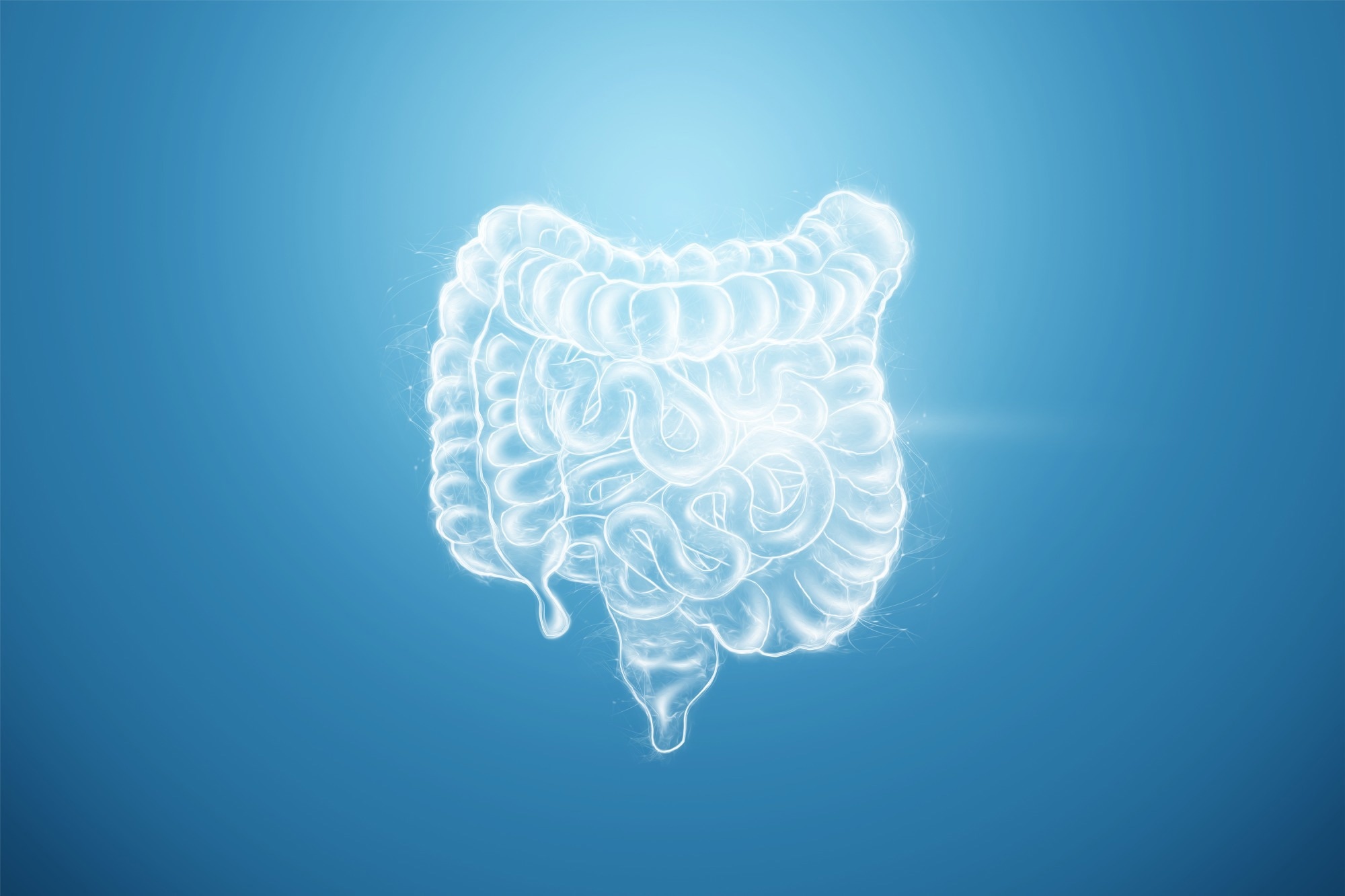In a recent study published in the journal Nature Communications, researchers report that gut microbiota contributes to intestinal T-cell homeostasis by producing pentanoate, a short-chain fatty acid (SCFA) that promotes the uptake of intracellular iron required for the differentiation of regulatory T-cells.
 Study: Microbiota assisted iron uptake promotes immune tolerance in the intestine. Image Credit: Marko Aliaksandr / Shutterstock.com
Study: Microbiota assisted iron uptake promotes immune tolerance in the intestine. Image Credit: Marko Aliaksandr / Shutterstock.com
Background
Optimal iron levels are essential for immune system function, with many immune disorders linked to iron overloads or deficiencies. For example, Crohn’s disease, ulcerative colitis, and inflammatory bowel diseases (IBD) are associated with low iron levels due to dysbiosis in the gut microbiome, inflammatory responses, and intestinal lumen bleeding. Some studies have reported an inverse relationship between IBD progression and iron levels.
Iron-responsive elements (IREs) found in the 5´ or 3´ untranslated region of iron homeostasis genes are also involved in the response of cells to environmental stimuli. IREs are also present in genes that are not involved in iron homeostasis.
Intestinal immune tolerance and self-tolerance are a function of regulatory T-cells that express the Foxp3 lineage transcription factor and are specialized helper T-cells. Regulatory T-cells acquire various other transcription factors and differentiate into effector regulatory T-cells (eTregs). Diverse subsets of eTregs are formed based on the transcription factors involved.
Regulatory T-cells in the intestines are involved in the maintenance of intestinal homeostasis and constantly interact with the gut microbiota for sustained specialized transcription factor expression.
About the study
Regulatory T-cells were subjected to depletion of the major iron transporter transferrin receptor 1 (TfR1) to examine the effect of an iron deficiency on immune tolerance and regulatory T-cells.
Female mice that were heterozygous for the Foxp3 gene were also examined to identify potential secondary impacts of T-cell activation in the development of lethal autoimmune diseases in TfR1-depleted mice. Single-cell ribonucleic acid (RNA) sequencing (scRNA seq) was conducted on the total regulatory T-cells isolated from these mice to determine the subsets of regulatory T-cells that were primarily dependent upon iron uptake mediated by TfR1.
Flow cytometry was used to validate the results of the scRNA seq analysis, which found a reduced percentage of regulatory T-cells expressing c-Maf, a transcription factor encoded by the musculoaponeurotic fibrosarcoma gene.
Bone marrow chimeric mice were then used to confirm the cell-autonomous role of TfR1 in the differentiation of regulatory T cells expressing c-Maf, which is thought to be dependent on intracellular iron. TfR1-deficient regulatory T-cells were then subjected to RNA seq to understand the transcriptional program mediated by TfR1 in regulatory T cells.
An unbiased transcriptome analysis of untreated and iron-stimulated induced regulatory T-cells was conducted to determine the mechanism through which c-Maf expression was promoted by iron.
Results
High intracellular iron levels were critical for the differentiation of regulatory T-cells in the intestine and promoted the expression of c-Maf and hypoxia-inducible factor 2-alpha (HIF-2α), both of which were essential for intestinal immune tolerance.
The rise in iron levels within intestinal regulatory T-cells was dependent on pentanoate produced by the gut microbiota. This was evident when regulatory T-cell defects in mice with depleted gut microbiota were rescued following the administration of pentanoate or iron.
The study findings suggest that reduced immune tolerance and iron deficiencies in patients with IBD could be alleviated by using pentanoate as a therapeutic agent. Pentanoate therapy appears to be a safer alternative to direct iron supplementation, which is often used to reduce IBD-associated anemia, as excess iron can cause an overgrowth of pathogenic gut bacteria and oxidative stress. Comparatively, pentanoate can modulate the procurement of iron and regulatory T-cell homeostasis, which alleviates intestinal inflammation and iron deficiency.
The commensal gut bacteria Megasphaera massiliensis are known to produce pentanoate. Thus, pentanoate therapy for IBD patients can be in the form of direct pentanoate supplementation or modulation of M. massiliensis.
Conclusions
Regulatory T-cell homeostasis in the intestine is dependent on intracellular iron levels, the uptake of which is promoted by pentanoate produced by gut bacteria. Pentanoate could potentially be used as a therapeutic agent to alleviate intestinal inflammation, iron deficiency, and low intestinal immune tolerance in IBD patients.
Journal reference:
- Zhu, L., Li, G., Liang, Z., et al. (2023). Microbiota assisted iron uptake promotes immune tolerance in the intestine. Nature Communications 14(1), 2790. doi:10.1038/s41467023384442